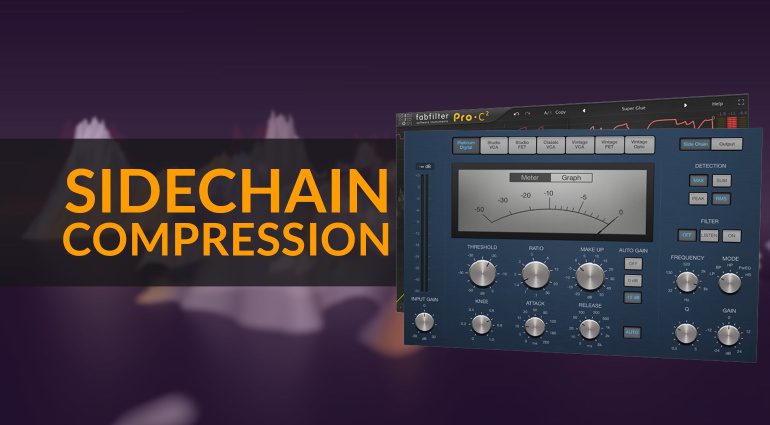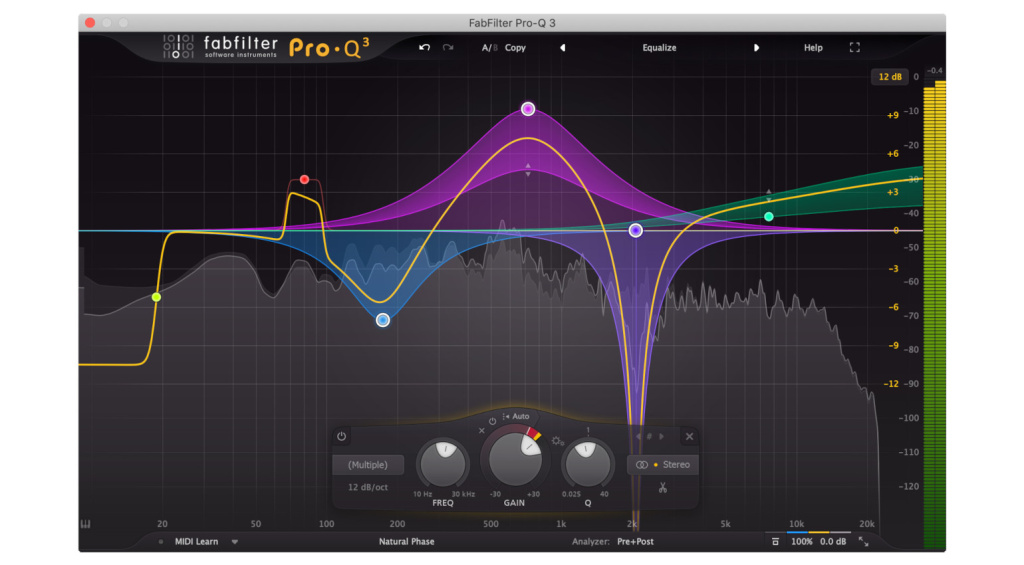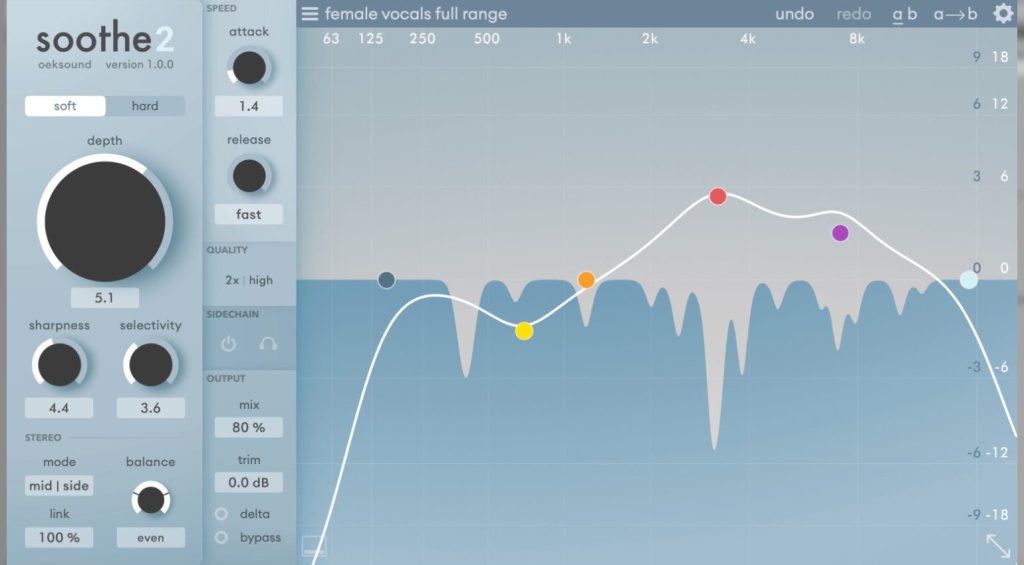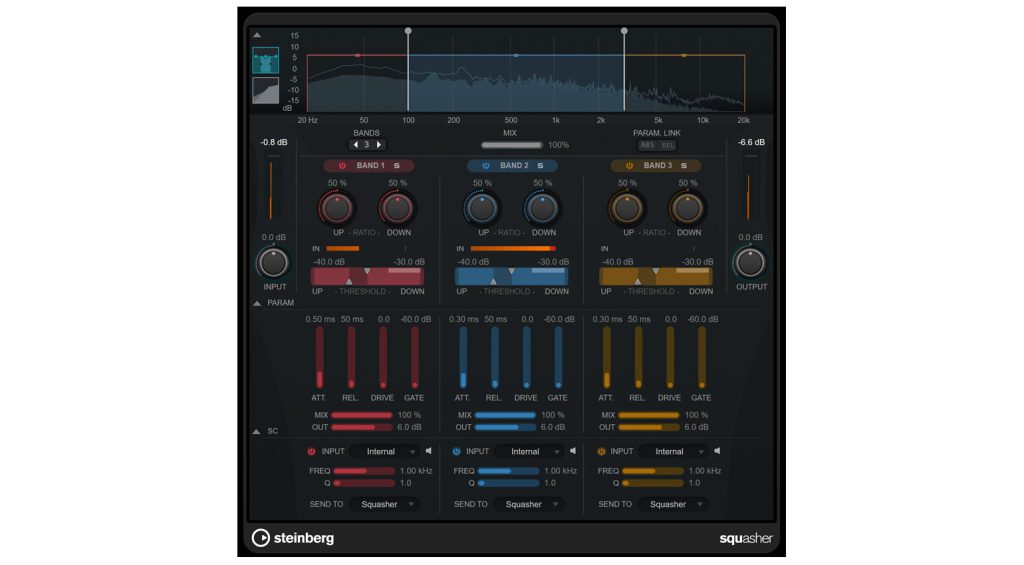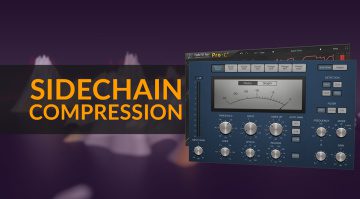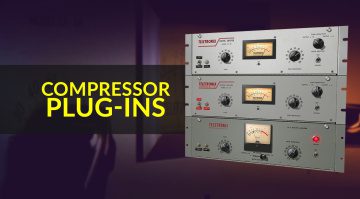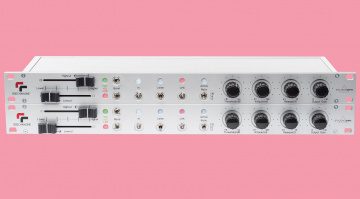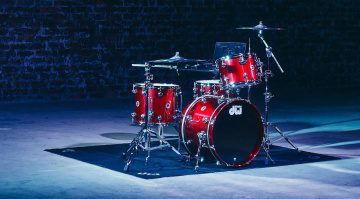Using Sidechain Compression for Beginners
We look into the use of sidechaining.
Ever heard producers or engineers talk about sidechain compression? We cover the basics and where to use it in your production workflow.
Whether it’s used subtly or not, there’s no denying that sidechain compression is an effective tool. Furthermore, its technical application can help you contain elements within your mix or it can be used in the sound creation process.
What is Sidechain Compression?
Sidechain compression is a process deliberately triggered by a signal fed into a compressor’s key input. As we know, compressors act when the threshold level is exceeded by that of the input signal. However, in the case of sidechain compression, we are using an external signal input to trigger the device, hence the term “sidechaining”.
In the context of compressors, it’s important not to get confused between external sidechain inputs and internal sidechain filters. A sidechain input signal like a kick drum or vocal track can be used to shape and subdue other instruments in a song.
Conversely, a sidechain filter is a high-pass filter that removes the frequency range below its cutoff point from the compressor’s processing path. Therefore, only the frequency range above the cutoff point is being processed before it is mixed with the remaining uncompressed signal.
When did Sidechaining come about?
Way back in the 1930s, sound design pioneer Douglas Graham Shearer first used a form of sidechain compression to treat dialogue recordings in motion pictures.
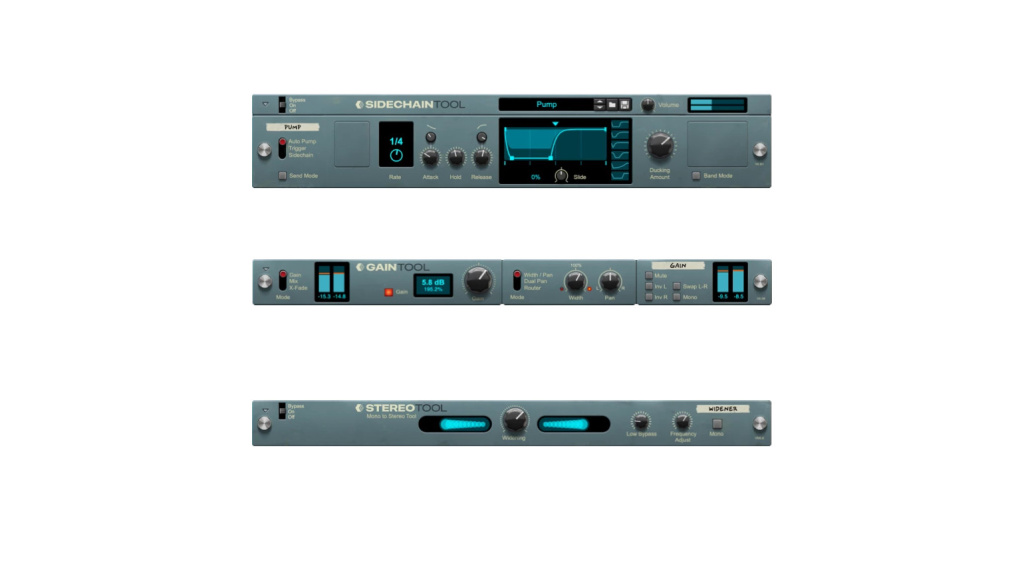
Without the luxury of the de-essers and dynamic EQ plug-ins of today, Shearer combined an equalizer and a compressor to remove harsh sibilances from the actors’ voices.
He did it by splitting the signal of the dialogue track and then boosting the sibilant frequency range with EQ. This boosted signal was then used to trigger the compressor on the original voice track. Therefore, the volume dropped whenever the unwanted frequencies were present.
It may seem somewhat technical, but it didn’t take long for this technique to catch on. Soon, sidechain compression was being used in broadcast radio, where the voice of the DJ triggered a compressor on the music being played.

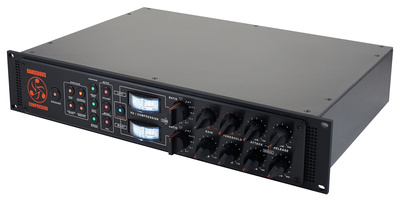
So how do we use Sidechain Compression?
Like most effects processes, there are two main approaches: Will you take the more corrective or the creative route? Firstly, this means that you can use the compressor as a tool to achieve more clarity and separation in your mix.
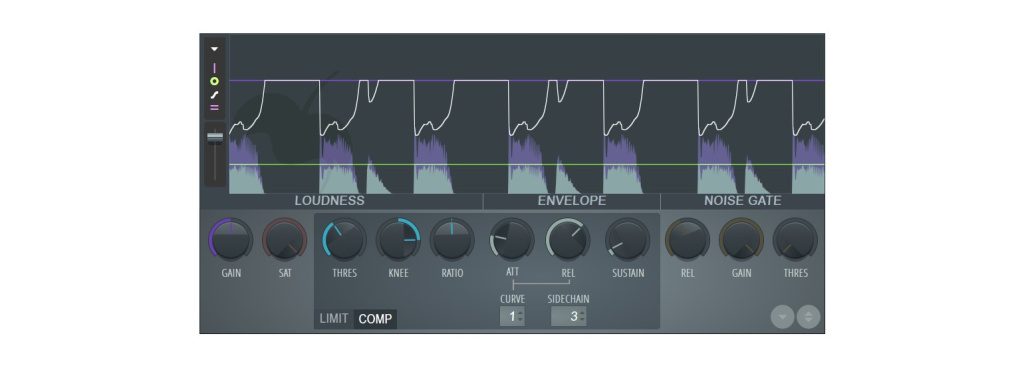
Is your lead vocal fighting with your guitars during the chorus? Send the vocal to an aux bus (pre-fader) with its output turned off. Now, open a compressor at the end of your guitar processing bus and use the “silent” vocal as a sidechain input.
We’ve all heard sidechain compression used on pads and basses in EDM tracks, but is that all you can do by using the kick to trigger the compressor? In fact, you can program any kick pattern you like.
By experimenting, you can start to use the compressor as a creative sound manipulation tool. With different patterns, you can transform sustained synth sounds into unique pulsating loops. Moreover, add an auto filter and a gate to make things even more interesting.

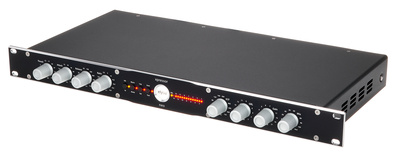
Do you need a professional compressor plug-in?
Actually, some of the best plug-ins for sidechaining are native DAW compressors like the Platinum Digital compressor in Logic Pro. Remember, most of the time, sidechain compression doesn’t involve imparting character and vintage vibe onto the sound.
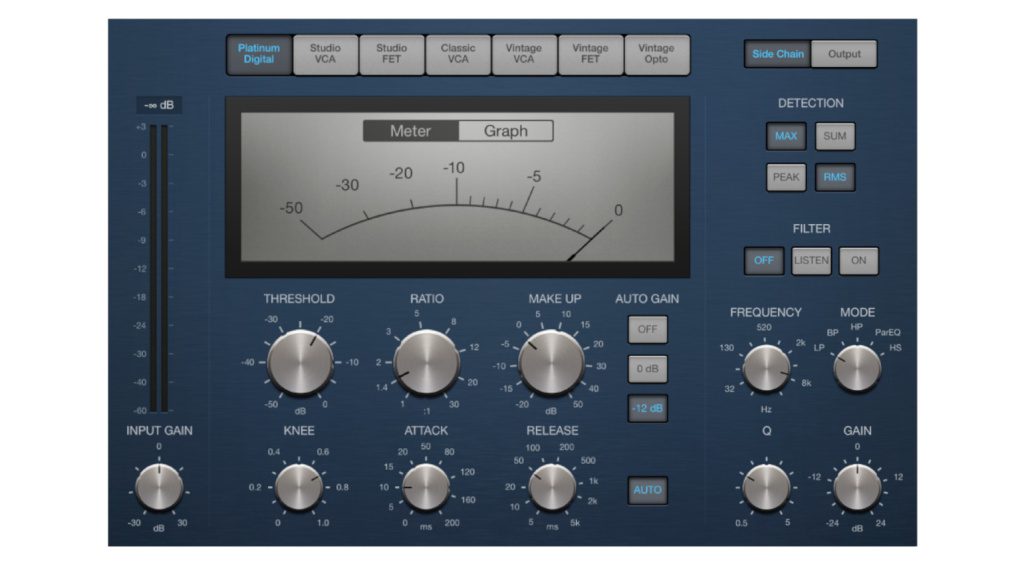
The cleaner, faster, and more responsive compressors are always going to produce better results. So, if you’re looking to use specific sidechain techniques, you might want to put the vintage-style compressors away for this one.
However, if you’re looking to use ducking effects, there are plug-ins like Xfer Records LFO Tool. Here, you can do precise rhythmic shaping with a node-based editor, perfect for building synths that move underneath your drum tracks.
The tool you select will depend on the task you’re working on, be it electronic sound design or mixing acoustically recorded pop music for streaming platforms.
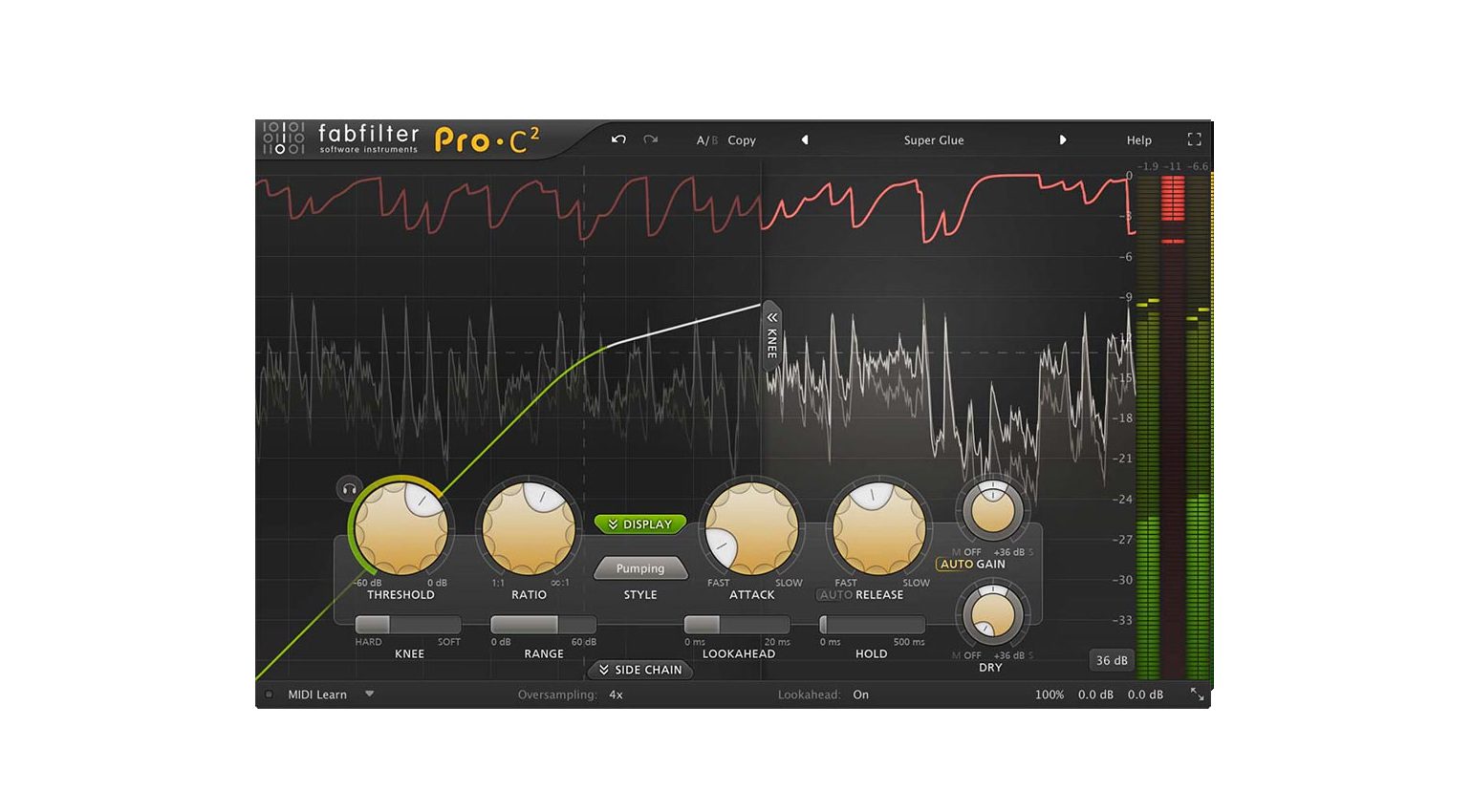
Dynamic EQs and Multiband Compressors
In recent years, resonance suppressors and dynamic EQ plug-ins have become some of the most sought-after audio tools available. Without the need for sidechaining, these processors perform similar tasks with incredible accuracy.
Plug-ins like Oeksound Soothe 2 and FabFilter Pro-Q 3 allow you to quickly isolate and do very localized compression upon specific frequencies. With tools like these, de-essers have certainly become neglected and almost obsolete.
However, as some DAW systems ship with multiband compressors, this is still a powerful tool for performing corrective surgery on dialogue within video and podcast content.
The Steinberg Squasher, for example, allows three separate sidechain inputs to control each of its three bands. This gives you the power to target and subdue a specific frequency range that is interfering with your voice content.
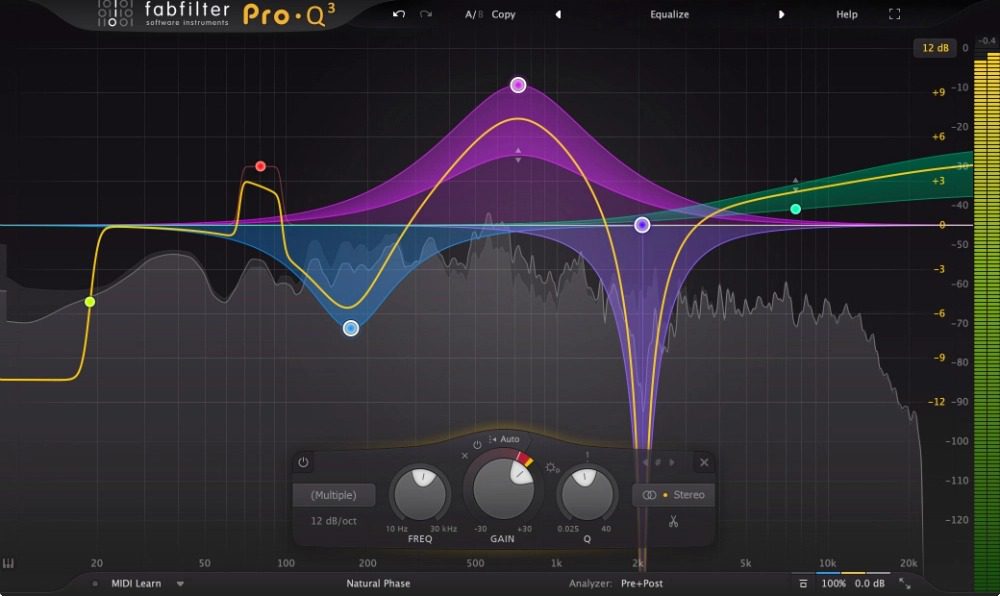
More about Sidechain Compression:
*Note: This article contains affiliate links that help us fund our site. Don’t worry: the price for you always stays the same! If you buy something through these links, we will receive a small commission. Thank you for your support!



 5,0 / 5,0 |
5,0 / 5,0 | 